
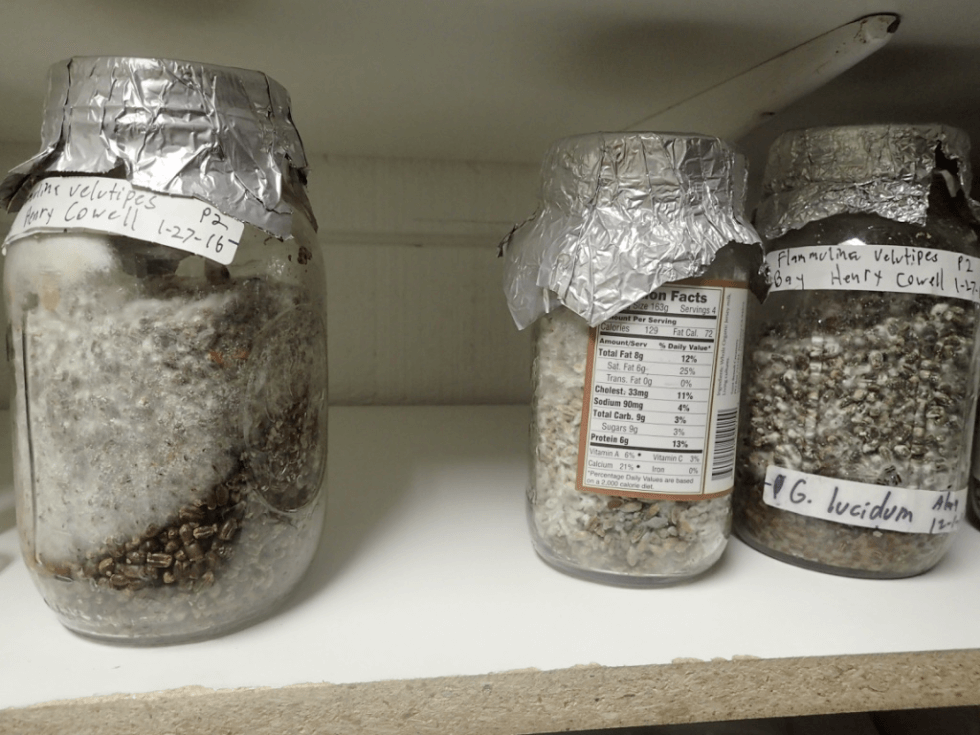
Joanna Steinhardt
What can you make and do with fungus? This cross-kingdom, collaborative, and interactive set-up will allow visitors to experiment with (and in) the mobile, lo-tech, jury-rigged home lab of the do-it-yourself mycologist. I will have a home-made still air box, fungal cultures, spawn, and mushrooms--from Pontchartrain Mushrooms, a local mushroom farmer, and perhaps others from California--for people to experiment with.
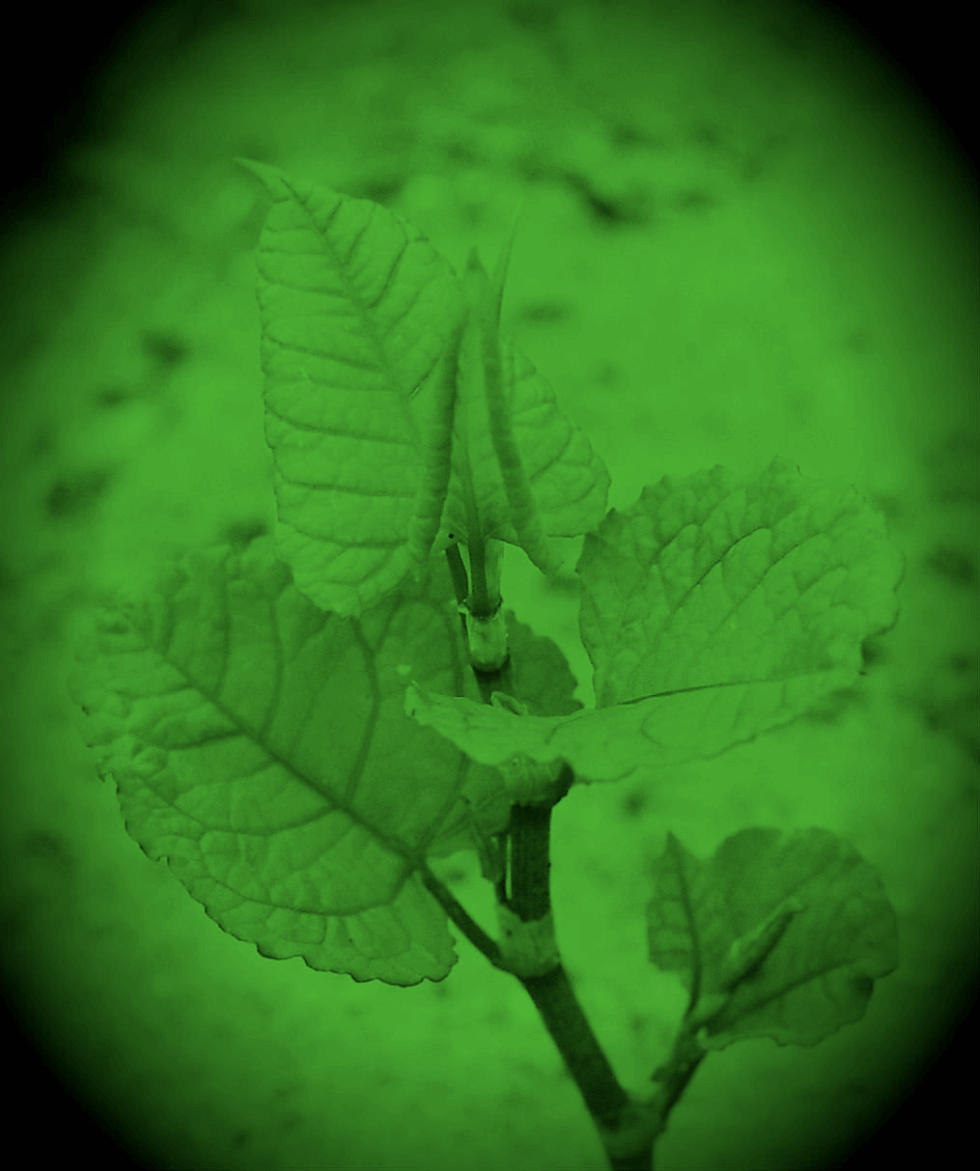
sam smiley, Astrodime Transit Authority
Japanese Knotweed is a segmented herbaceous plant that can grow in large stands to about 10 feet tall. Its primary means of dispersal in the United States is through its rhizomes. As a result of its rhizomic growth, it forms a monoculture in its place of habitat. I am currently working on a scientifiction (Latour) about Japanese Knotweed, using qualitative research and historical research. For making and doing, I will show a series of videos, articles and zines that make up my process to date on the journey of Japanese Knotweed in the 1800‘s to Provincetown, Massachusetts, US in the present day.
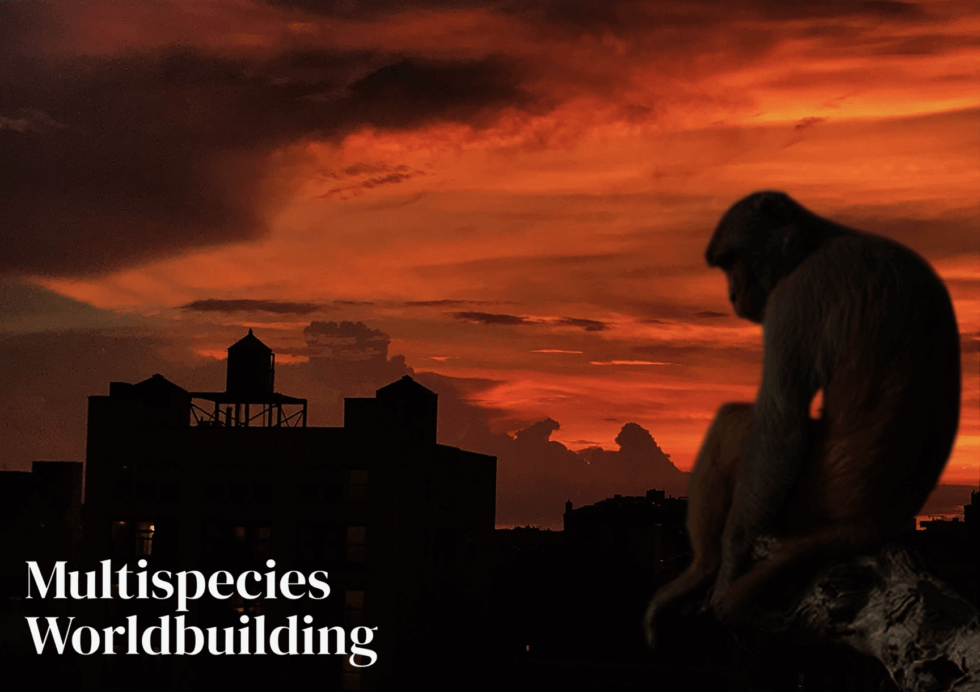
Elaine Gan, New York University
Multispecies Worldbuilding Lab is creating a new podcast about climate change that engages with interdisciplinary perspectives of more-than-human worlds through interviews and field recordings. Listen to scientists, artists, writers, and activists speak about working with organisms (e.g., microbes, primates, plants) and ecologies (e.g., toxic sites, cities, waterways) that are, on the one hand, rapidly being transformed by industrialization and neoliberal extraction, and on the other, relentlessly adapting to novel conditions.
Making Graphic Cancer Comics: Collaboration, Drawing, Reflection, and Joy in Medical Education
Cora Olson, Virginia Tech Carilion School of Medicine
This exhibit will highlight an innovative approach to medical education---drawing graphic comics about cancer---and discuss the results of this approach as a means of providing medical students with tools they can transfer into medical practice.
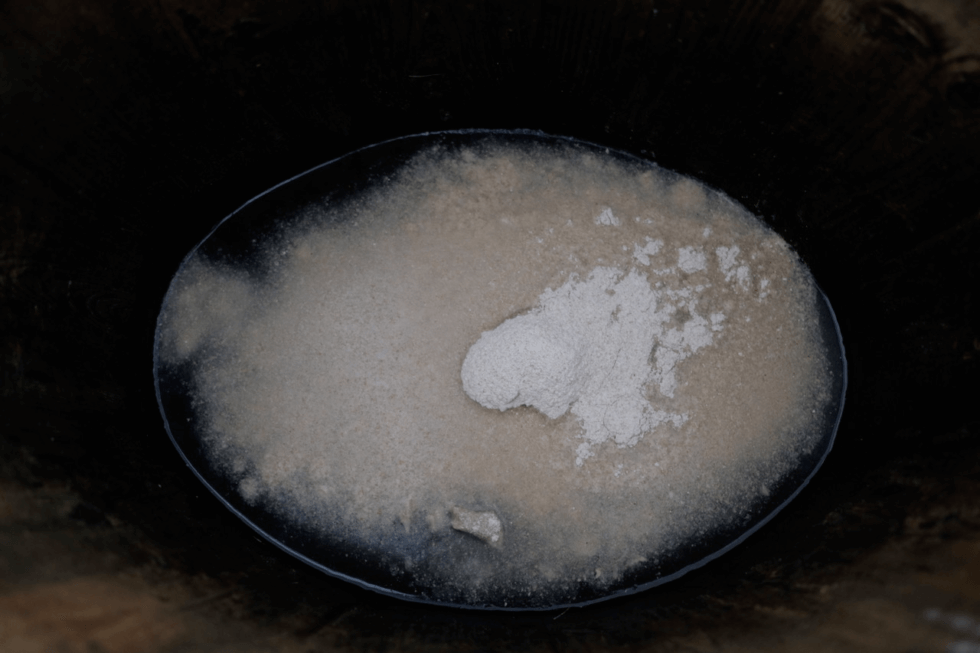
Matthäus Rest, MPI for the Science of Human History;
Salla Sariola; University of Helsinki
We will make cheese, sour milk and bread and show participants to prepare their own probiotic dairy products through back-slopping. Most importantly, we will address the question of how to continue to live with these companion species that have sustained humans for millennia.
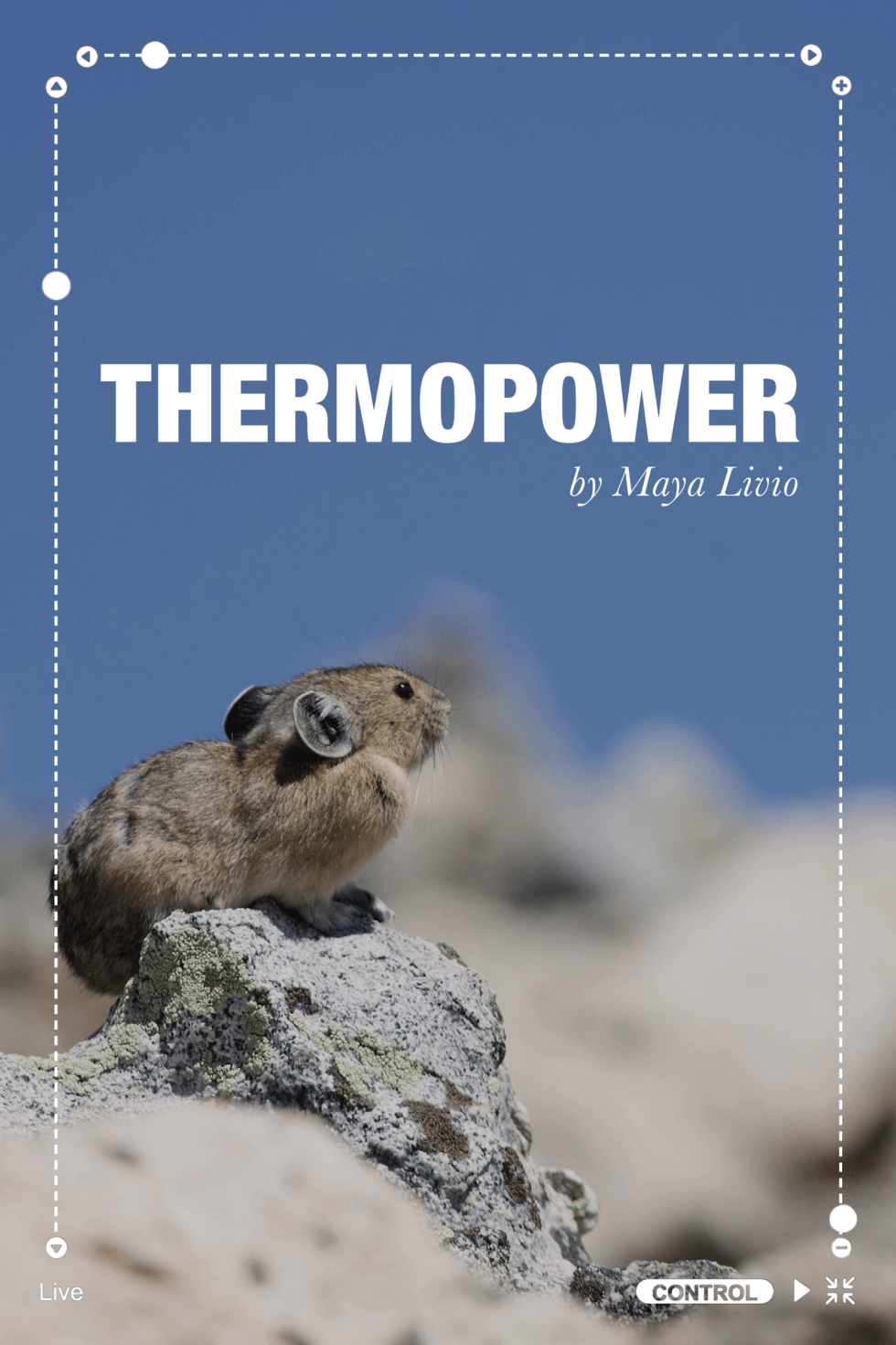
Maya Livio, University of Colorado Boulder / Media Archaeology Lab
Thermopower complicates the relationships between the American pika, human animals, human-made technologies, and the shared articulations of temperature among all three. The American Pika is a relative of rabbits and hares living in the western mountains of North America. Pikas are considered an indicator species for the climate crisis due to their narrow range of options for behavioral thermoregulation. Taking thermoregulation as a jumping off point, Thermopower knots pika thermopractices with those of other organisms and technologies, from air conditioners to internet servers, to consider the non-innocence of thermocomfort.
